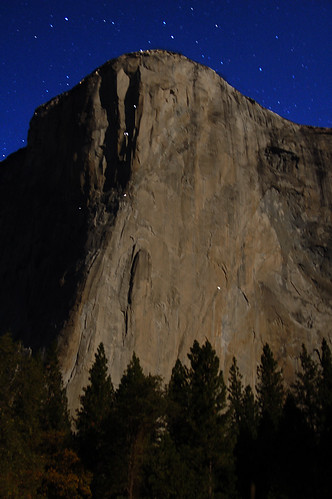


(Leadville is about an hour north of Salida and the company I work for owns the paper there. I received a press pass to cover the event.)
After coming out of retirement and taking third place in the Tour De France Lance Armstrong returned to Leadville Saturday for some unfinished business.
Fresh off the tour Armstrong, now 37, left the pack after the 45th mile finishing the race at 6:28.50.9 seconds, breaking Dave Wiens’ former record of 6:45:46 by almost 17 minutes.
The seven time Tour de France Winner competed in the 2008 competition while in his third year of retirement with little training. He subsequently took second place last year behind Wiens, the six-time Leadville 100 champion from Gunnison.
Armstrong’s appearance in 2008 brought in a record number of riders for 2009, nearly 1,400 including a group of professional riders recruited by Armstrong for support in the race.
Trek sponsored riders Matt Shriver, Ben Sonntag and Travis Brown of Durango arrived at the start with Armstrong and remained in a group of about six leaders including Armstrong, Weins and Cannondale rider Tinker Juarez through the first third of the race.
Wiens said the riders pace was faster than the previous years due to the additional athletes and faster pace cars leading the group out of town.
“The whole dynamic was hard for me. My legs were wrecked immediately. Last year I was pressing the pedal at mile 45. It was a different race (this year). I was cooked on the first climb,” said Wiens.
In addition to the advanced pace, varied weather conditions left riders feeling the chill. With a low of 37 degrees recorded in Leadville just before the 6:30 a.m. start, sporadic rain showers passed through the area as the riders began the series of high altitude passes that make the race a test of endurance.
"There were probably six or seven guys on the way out, then guys just kept dropping off. So I sort of had to decide what to do. If you wait for other guys or if you just sort of go for the rest of race by yourself. It was a little risky to do that,” Armstrong said. “In the end you're wasted, but I rolled the dice a little bit. Plus I was freezing. I wanted to start riding hard because I was about to freeze."
Armstrong turned the race into a ‘time trial” situation. From that point forward he gained time leading Weins by more than 10 minutes at about the 65th mile.
The only thing that slowed Armstrong was a slow leaking flat tire at about 10 miles from the finish line.
"I don't normally change flats. I call up the car and they change it, that's how it works in road cycling," Armstrong said. “When I'm out on a ride and have to change one, I'm just terrible at changing flats. So that's why I just put more air in it, thinking that foam would seal it.”
Armstong pushed on with a slow leak arriving at the finish line with a sagging rear wheel. Weins, now 44, finished in second with a time of 6:57:01.




